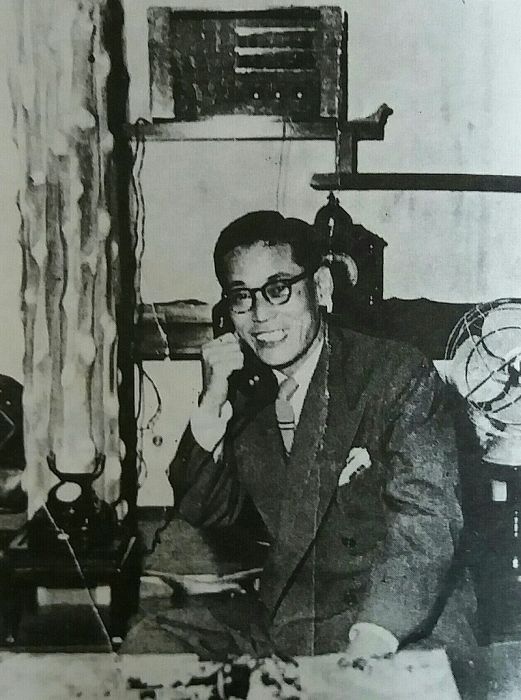The advancement of technology is no doubt at an incredibly rapid pace. Various technological companies arise from left to right, making a significant impact in our world. Among the several electronic companies around the globe, there are only some that are fit enough to be in the top spot. One of them is the South Korean multinational conglomerate, which is no other than Samsung.
Most of us may already know Samsung, mainly for its various electronic products and gadgets. But in this article, we are going to look further into the company’s incredible history and how it became the multinational brand, we know today.
What is Samsung?
First and foremost, let us get to know more about Samsung. The company is based in Samsung Town, Seoul in South Korea. As mentioned earlier, the company is known to be a multinational corporation identified as a conglomerate. Despite being famous for its variety of electronic gadgets and appliances, Samsung is known for affiliating with numerous businesses. Samsung’s incredible development in the industry allowed it to gain global recognition, making it one of the most outstanding electronic companies worldwide.
History of Samsung
Now that we already have a brief knowledge about Samsung let us dig deeper and look into the company’s history. We can trace back the origins of Samsung several years ago in the early 20th century. The company was initially a trading grocery store founded by Lee Byung-Chul on March 1, 1938. His business started small, wherein he focused on trading various products manufactured within Taegu city. Such products included noodles and other goods, and it is Lee Byung-Chul’s job to export them to China.
Lee’s trading business did an excellent job in exporting goods outside of Korea. This process continued for years, which eventually had an upgrade after the Korean War. During this time, Lee saw an opportunity to expand his business; he worked on diversifying his business. The trading business then became a broader industry, which included food processing, insurance, securities, retail, and textile – wherein he opened the largest woolen mill company in Korea.
The diversified business of Lee significantly helped Korea to redevelop after the war. Because of this, the government showed its support to Lee’s business by providing them easy financing. With benefits from the Korean government, Lee further developed his business, making its textile manufacture raw materials, which produced better outcomes.
Interestingly, Samsung did not settle down with just a few businesses. It continued to grow over the years and also conquered other industries, such as construction and shipbuilding. However, Samsung’s breakthrough came in the late 1970s; it entered the electronics industry, which helped it earn global recognition. The first electronic product of Samsung was a black-and-white television, which they exported overseas.
Lee’s technology industry had an incredibly rapid pace of development during the 1980s. Several other businesses were established under the Samsung brand, including the Samsung Data Systems. Furthermore, the company launched research and development institutes, which broadens Samsung’s range of study. It had researchers working on various fields, such as nanotechnology, aerospace, telecommunications, and many others. But the primary focus of Samsung was electronics.
In 1987, Lee died at the age of seventy-seven. Interestingly, the company continued to operate flawlessly with some minor and major changes in its operations. During this time, Samsung was divided into five business groups: Samsung Group, Shinsegae Group, CJ Group, Hansol Group, and Joongang Group.
Despite the separation that happened following Lee’s death, Samsung continued to pursue the electronic market on a global scale. Samsung introduced several significant advancements in technology worldwide. It didn’t take long for Samsung’s devices to gain recognition as high-quality and innovative products.
Moreover, Samsung’s popularity skyrocketed after they launched the first-ever smartphones. The beginning of the 21st century was a good start for the company as it also marked the birth of their iconic smartphone, the Samsung Galaxy series. The Galaxy smartphone is no doubt one of the best creations during the 2000s, which helped the company build a solid reputation in the industry.
Furthermore, the Galaxy series secured the company’s spot in the top manufacturers globally, wherein it was on the list of best-selling smartphones for several years. Today, the company continues to advance its technology, maintaining its credibility as a world-class electronics company.

